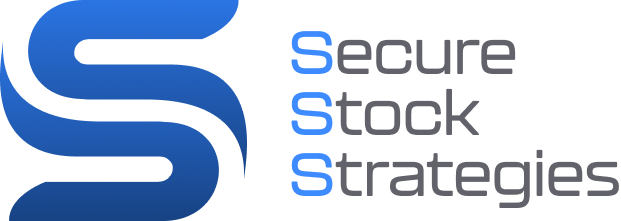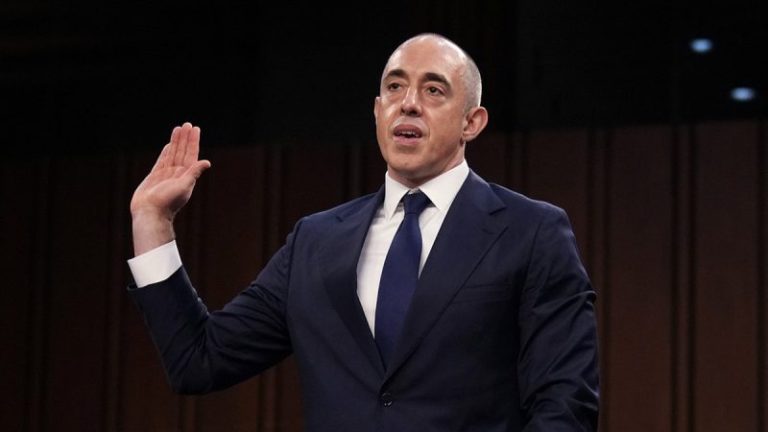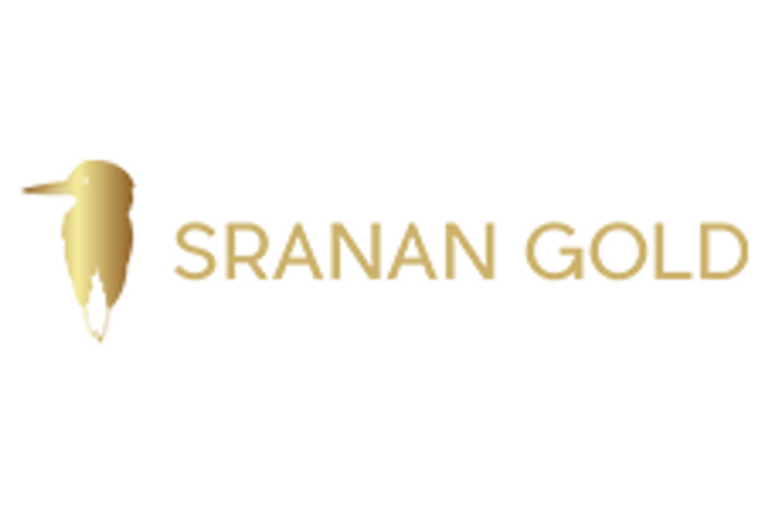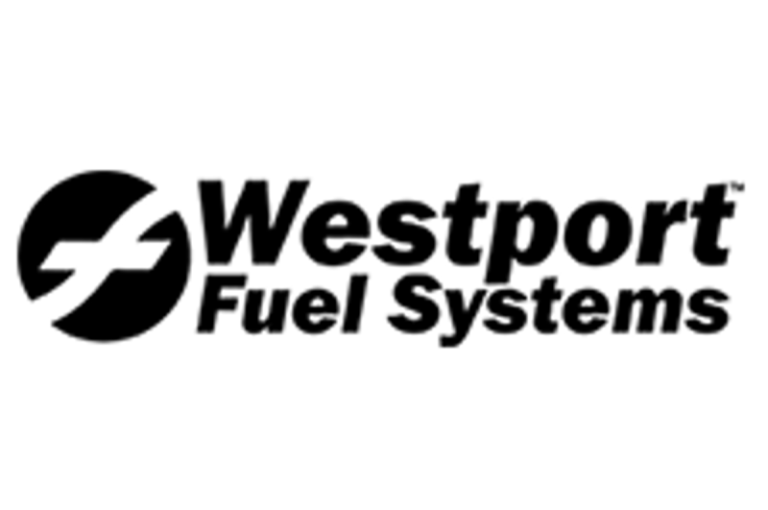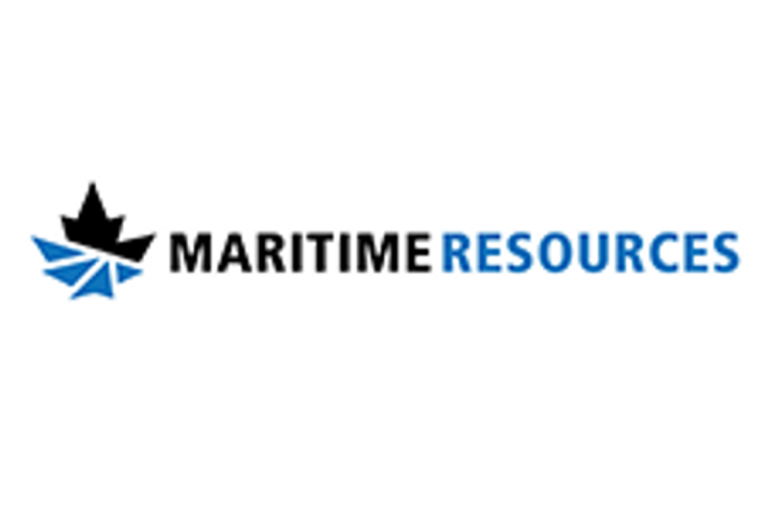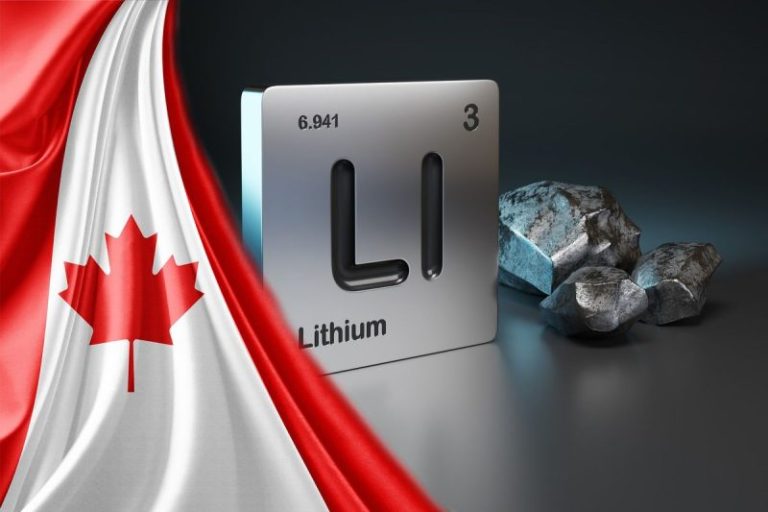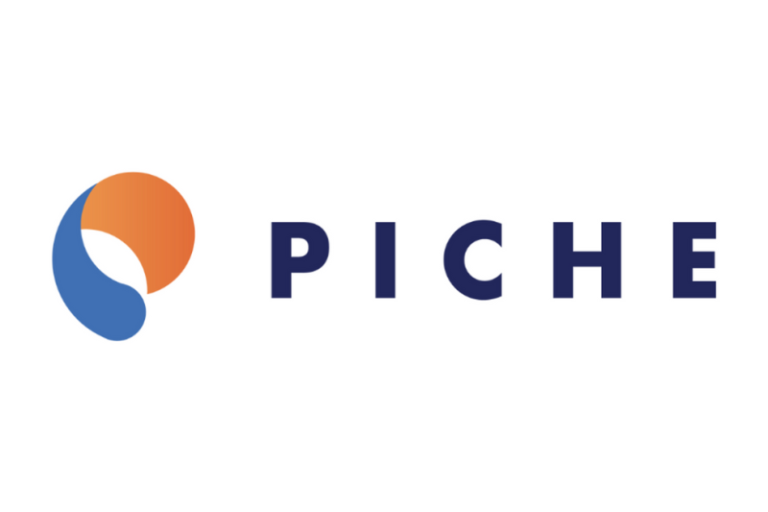The Senate confirmed President Donald Trump’s nominee Emil Bove as a federal judge Tuesday, handing a controversial leader at the Department of Justice a lifetime role on a powerful appellate court.
Bove was narrowly confirmed to the U.S. Court of Appeals for the 3rd Circuit in a 50-49vote with no support from Democrats. His confirmation followed a contentious weeks-long vetting process that included three whistleblower complaints and impassioned outside figures voicing both support and opposition to his nomination.
Senate Judiciary Committee Chairman Chuck Grassley, R-Iowa, said from the Senate floor before the vote that he supported Bove and believed the nominee had been the target of ‘unfair accusations and abuse.’
‘He has a strong legal background and has served his country honorably. I believe he will be a diligent, capable, and fair jurist,’ Grassley said.
Bove’s ascension to the appellate court marks a peak in his legal career.
He started out as a high-achieving student, college athlete and Georgetown University law school graduate. He went on to clerk for two federal judges and worked for about a decade as a federal prosecutor in the Southern District of New York, leading high-profile terrorism and drug trafficking cases through 2019.
Alongside Todd Blanche, now a deputy attorney general, Bove led Trump’s personal defense team during the president’s criminal prosecutions. Blanche told Fox News Digital in an interview last month that Bove was a ‘brilliant lawyer’ who authored the vast majority of their legal briefs for Trump’s cases. In a letter to the Senate, attorney Gene Schaerr called Bove’s brief writing ‘superb.’
Bove will leave behind his job as principal associate deputy attorney general at the DOJ. Attorney General Pam Bondi congratulated him in a statement.
‘This is a GREAT day for our country,’ Bondi wrote on X. ‘I cannot thank Emil enough for his tireless work and support at @TheJusticeDept. He will be missed — and he will be an outstanding judge.’
Two Republicans, Sens. Lisa Murkowski of Alaska and Susan Collins of Maine, voted against Bove.
Democrats and some who crossed paths with Bove during his time in New York and at DOJ headquarters fiercely opposed his nomination and said he was unqualified.
One whistleblower, Erez Reuveni, had become a successful prosecutor at the DOJ over the last 15 years when he was fired under Bove’s watch. Reuveni said he was party to a meeting in March in which Bove floated defying any court orders that would hinder one of Trump’s most legally questionable deportation plans, a claim Bove denies. Reuveni also said the culture at the DOJ, particularly during the most intense moments of immigration lawsuits, involved misleading federal judges and was like nothing he had experienced during his tenure, which included Trump’s first term.
Two other anonymous whistleblowers emerged at the eleventh hour during the confirmation process and vouched for Reuveni’s claims.
A spokeswoman for Grassley told Fox News Digital the third whistleblower only brought claims to Senate Democrats and did not attempt to engage with Grassley. Grassley’s staff eventually met with the whistleblower’s lawyers after the chairman’s office reached out, the spokeswoman said.
Grassley said his staff interviewed more than a dozen people to vet the initial whistleblower claims and could not find evidence that Bove urged staff to defy the courts.
‘Even if you accept most of the claims as true, there’s no scandal,’ Grassley said. ‘Government lawyers aggressively litigating and interpreting court orders isn’t misconduct—it’s what lawyers do.’
While in New York, Bove also alienated some colleagues. In 2018, a band of defense lawyers said in emails reported by The Associated Press that Bove could not ‘be bothered to treat lesser mortals with respect or empathy.’ Another lawyer who had interactions with Bove in New York told Fox News Digital he was a ‘bully’ who browbeat people.
A group that opposes Bove’s nomination, Justice Connection, published a letter signed by more than 900 former DOJ employees calling for the Senate to reject Bove’s nomination.
Among their concerns was that Bove led the controversial dismissal of Democratic New York City Mayor Eric Adams’ federal corruption charges. Several DOJ officials resigned in protest over Bove’s orders to toss out the charges. In the letter, the former employees said Bove has been ‘trampling over institutional norms’ and that he lacked impartiality.
Senate Judiciary Committee Democrats, in an unusual move, staged a walkout at a hearing on Bove before a recent vote to advance his nomination. Senate Minority Leader Chuck Schumer, D-N.Y., called him a ‘henchman,’ a description Democrats have widely adopted for him.
‘He’s the extreme of the extreme,’ Schumer told reporters. ‘He’s not a jurist. He’s a Trumpian henchman. That seems to be the qualification for appointees these days.’
Bove defended himself against critics during his confirmation hearing.
‘I am not anybody’s henchman. I’m not an enforcer,’ Bove said. ‘I’m a lawyer from a small town who never expected to be in an arena like this.’
Fox News’ Alex Miller contributed to this report.
